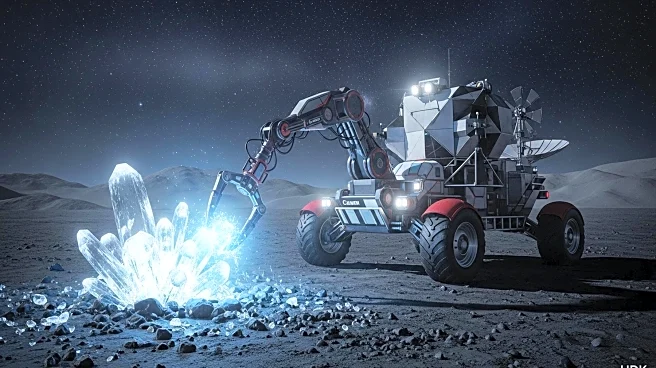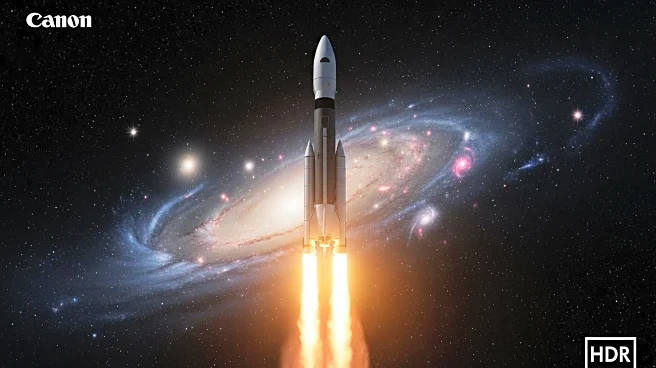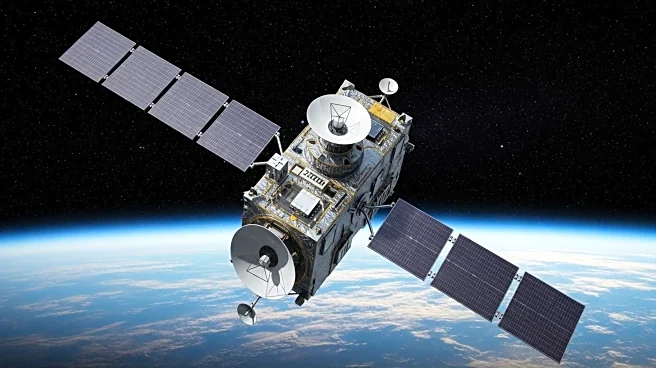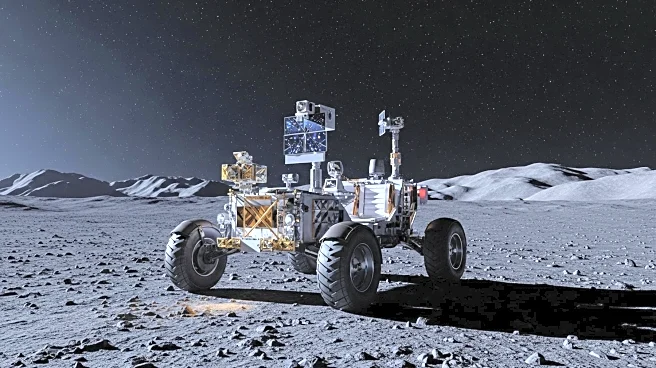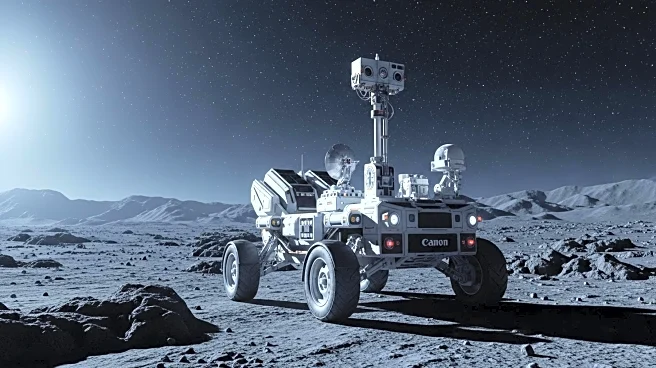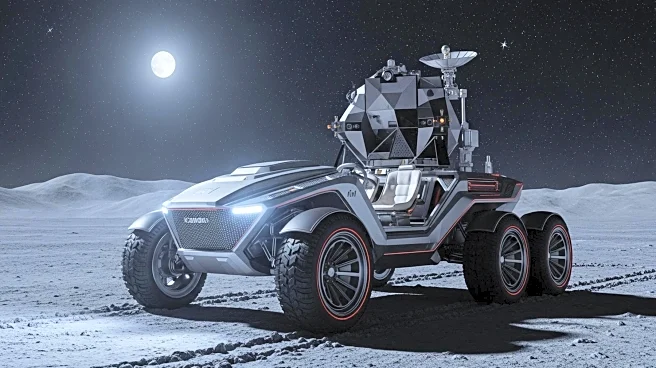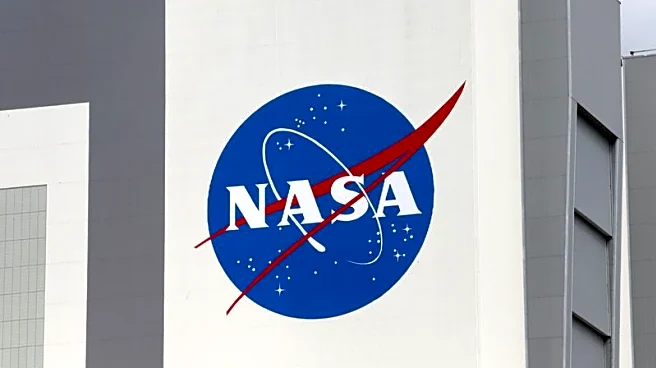What is the story about?
What's Happening?
Space officials have revealed plans for mining helium-3 on the Moon, a rare isotope with significant potential for quantum computing, medical technology, and clean energy through fusion. The Moon's surface, enriched with helium-3 due to solar wind exposure over billions of years, presents a promising opportunity for resource extraction. The United States and China are leading the race to mine helium-3, driven by strategic interests and the potential to redefine technological and strategic landscapes. Reconnaissance missions are being prepared to identify regions with higher concentrations of helium-3 and test resource extraction techniques, although large-scale extraction feasibility remains uncertain.
Why It's Important?
Helium-3 is a rare commodity on Earth, primarily sourced from tritium decay in nuclear stockpiles, and is crucial for cooling quantum computers and as a clean fusion fuel. The Moon offers a vast reservoir of helium-3, which could meet the demands of a burgeoning quantum industry and provide sustainable power through fusion. The geopolitical implications of securing helium-3 are profound, as nations vie for dominance in space resource extraction. The pursuit of helium-3 mining represents a confluence of technological innovation, strategic interests, and geopolitical maneuvering, potentially reshaping global power dynamics and technological capabilities.
What's Next?
The pursuit of helium-3 has progressed from theoretical discussions to concrete plans, with governments and private companies investing in technology development and initial procurement. The U.S. Department of Energy's purchase of lunar helium-3 underscores its strategic importance. Reconnaissance missions are essential for moving from theoretical models to practical mining solutions. The legal framework governing space resource extraction is complex, with the 1967 Outer Space Treaty prohibiting sovereign claims over celestial bodies but not resource extraction. The Artemis Accords further clarify these rights, although not all major spacefaring nations have agreed to these terms.
Beyond the Headlines
The race for helium-3 is not just a technical challenge but a geopolitical one. Spacefaring nations recognize the strategic value of being the first to secure this resource. The potential for a single country to dominate the helium-3 market echoes the current global dynamics of rare-earth production. The pursuit of helium-3 mining on the Moon represents a confluence of technological innovation, strategic interests, and geopolitical maneuvering. As nations and companies navigate this complex landscape, the outcome could reshape global power dynamics and technological capabilities.
AI Generated Content
Do you find this article useful?
